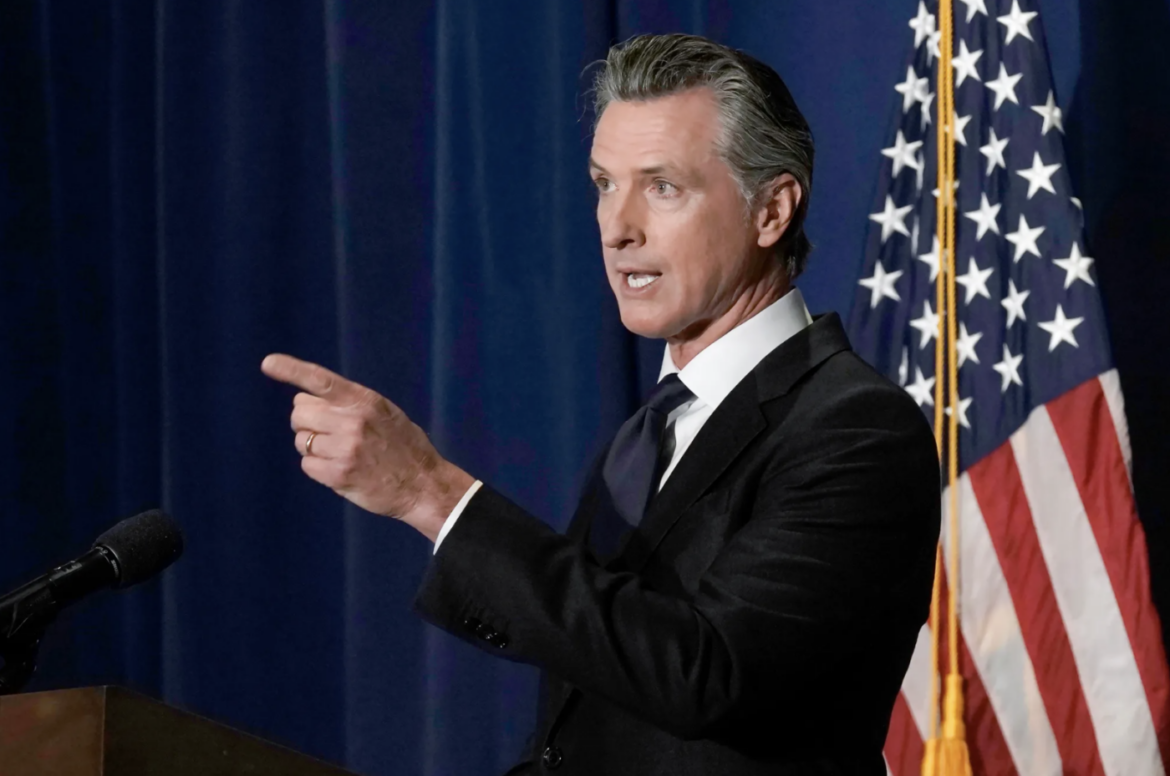Gov. Gavin Newsom and state lawmakers have less than a month to reach an agreement on how they should spend $300.7 billion — an exercise in compromise every bit as existential as it is financial.
The record-breaking updated budget proposal Newsom unveiled Friday was buoyed by a staggering $97.5 billion surplus, a sum larger than the operating budgets of most states and significantly higher than the $76 billion windfall the governor’s administration had predicted in January.
- For a comprehensive breakdown of what the governor’s blueprint means for housing, education, health care, criminal justice, the environment and other key issues, check out this story from Ben Christopher and the CalMatters team.
- State lawmakers, who have their own budget priorities, now have until June 15 to send a balanced plan to Newsom’s desk for the fiscal year that begins July 1.
- Newsom: “While gridlock persists in Congress and right-wing fanatics turn statehouses across the country into laboratories of hate and oppression, here in California, we’re putting in the work to grow our economy and implement real, inclusive policy change to create a brighter future for all.”
But behind the governor’s optimism lurks concerns that California’s unprecedented prosperity could soon give way to a grimmer economic picture — one that would only worsen the gap between wealthy and poor residents upon which the state’s budget depends.
- Threat #1: Volatile capital gains. Newsom and legislative staff noted that taxes on capital gains — investment earnings from the state’s wealthiest residents — made up the highest percentage of personal income taxes collected by the state since 1999, right before the dot-com bust that cratered the economy and set off a decade of budget deficits.
- Threat #2: A whole host of external factors, including “persistent global supply chain bottlenecks, international economic sanctions in response to the Russian invasion of Ukraine, tighter monetary policy and persistently high inflation,” as a Senate budget analysis put it. (The analysis also noted that California could see accelerated economic recovery if those conditions improve.)
- Threat #3: An obscure voter-approved constitutional amendment that blocks the state from spending more tax dollars per person than it did in 1978, once adjusted for inflation. That amendment is a big reason why the state will likely face challenges balancing its budget in the next few years, according to the nonpartisan Legislative Analyst’s Office. There is growing momentum in Sacramento to modify the rule via a 2024 ballot measure, and Newsom on Friday also floated the idea of asking voters to expand the size of California’s “rainy day fund” — which could allow large growth in long-term government spending, the Los Angeles Times reports.
The proposed budget also illuminates persistent disagreement between Newsom and Democratic legislative leaders on the best way to keep vulnerable Californians out of poverty, CalMatters’ Alejandro Lazo reports.
As part of his $18.1 billion inflation relief package, Newsom wants to send as much as $800 to every eligible registered vehicle owner in the state to offset the soaring price of gas, which in California reached a record per-gallon high of $5.96 on Sunday.
- But top Democrats say their proposal to send $200 checks to individuals earning less than $125,000 and to each taxpayer and child in households earning less than $250,000 ensures the state’s neediest residents will benefit most.
- Senate President Pro Tem Toni Atkins of San Diego: “The Senate is working to make sure Californians get rebates — not just passing along a one-size-fits-all windfall that benefits millionaires.”
